Chances are you have heard (and most probably studied) about the Industrial Revolution way back in your school days. However, it is unlikely that you would’ve heard about Ironbridge, a tiny town in Shropshire, England, that put the wheels of the Industrial Revolution in motion. It is fascinating that a seemingly small structure standing strong even today is the harbinger of an event that changed all our lives.
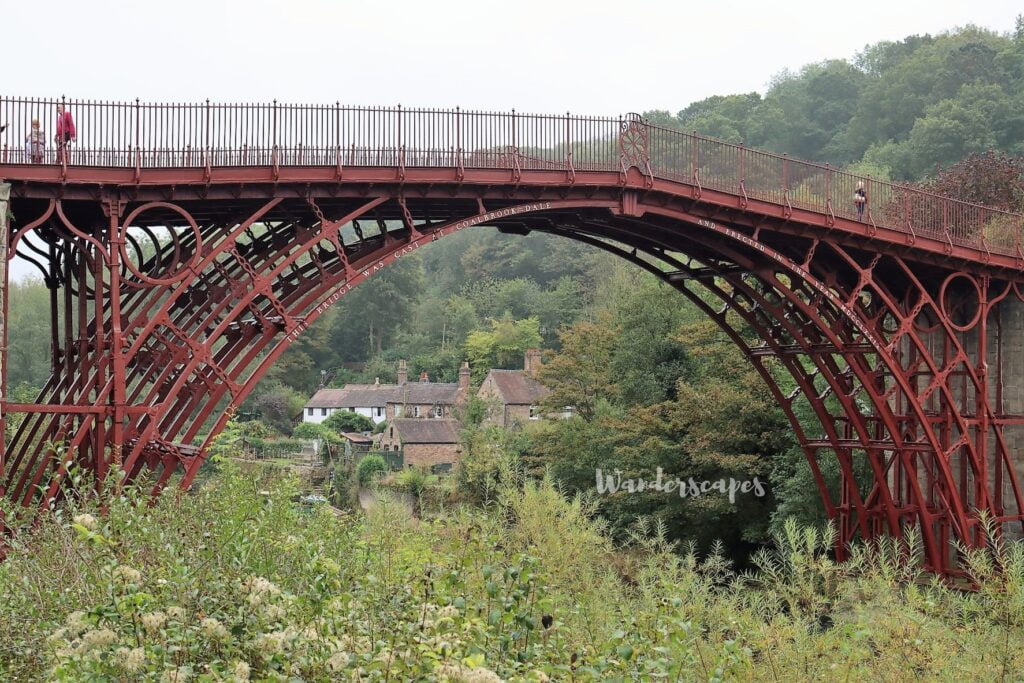
Ironbridge – More than a Simple Bridge
A casual visitor strolling upon the red-coloured ‘iron bridge’ upon the River Severn might not realise that this ordinary looking bridge had, in fact, altered the course of human history forever. For, it was here that the industrial revolution started – the construction of the first-ever cast-iron bridge was the historical event that set the balls rolling.
Let’s see how this iron bridge changed the face of the town and the country, and the entire world. For that, we need to look back at history.
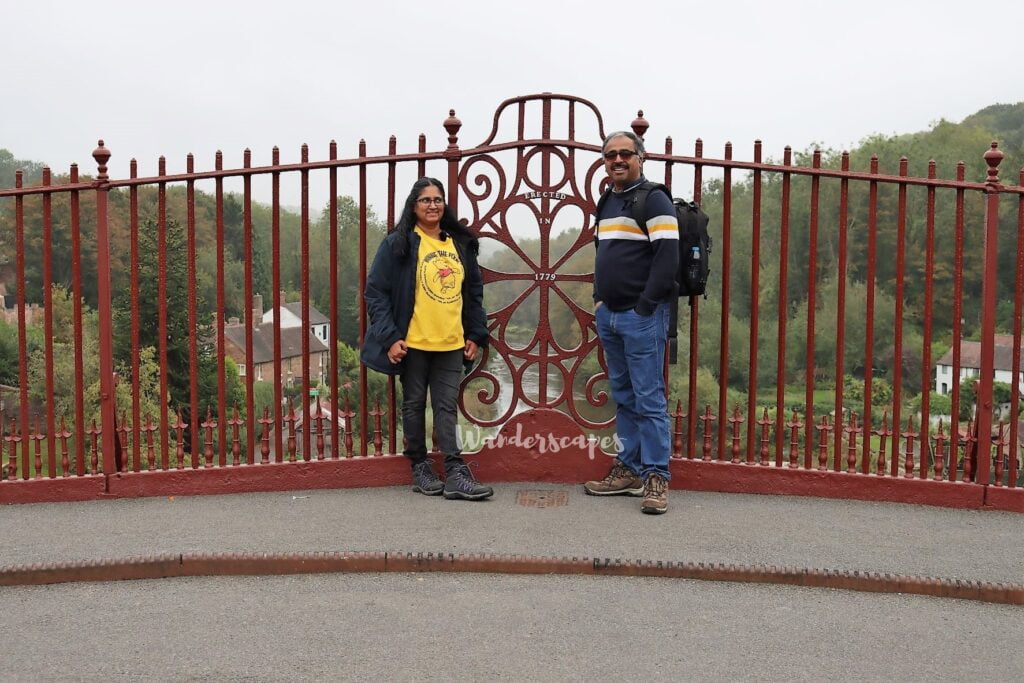
The History of Ironbridge
It was the early 1700s – the dawn of the industrial revolution. All across Britain, including many rural areas, new technologies were being developed. Coalbrookdale, a village in Shropshire, was already witnessing several developments in 1709. A highly distinguished ironmaster, Abraham Darby, pioneered an innovative iron smelting method. He used coke from local coal mines to fuel his furnaces instead of charcoal. This innovation made it possible to mass-produce cast iron economically. Thanks to this breakthrough innovation, Britain’s iron trade accelerated, resulting in a flourish of its local industries.
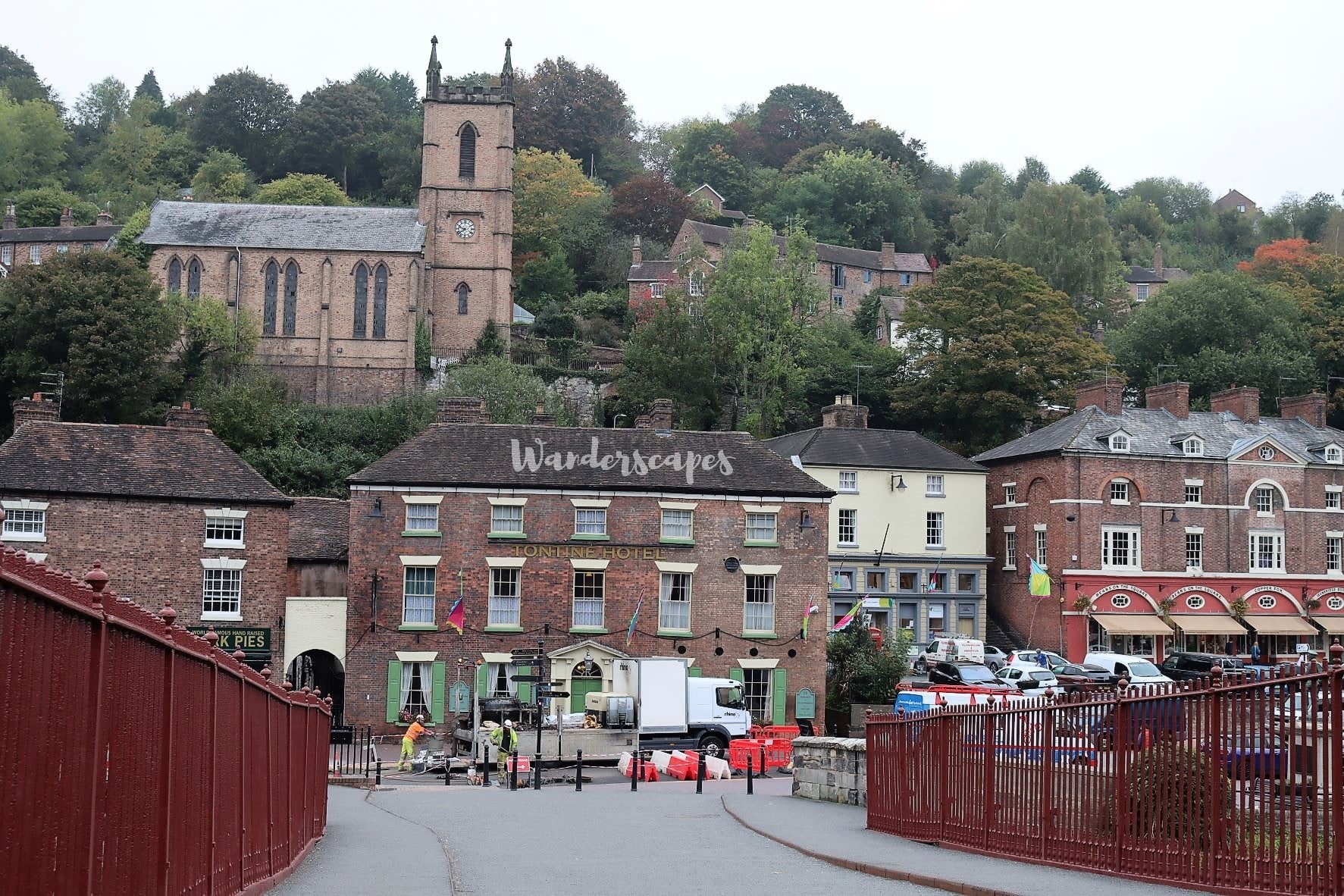
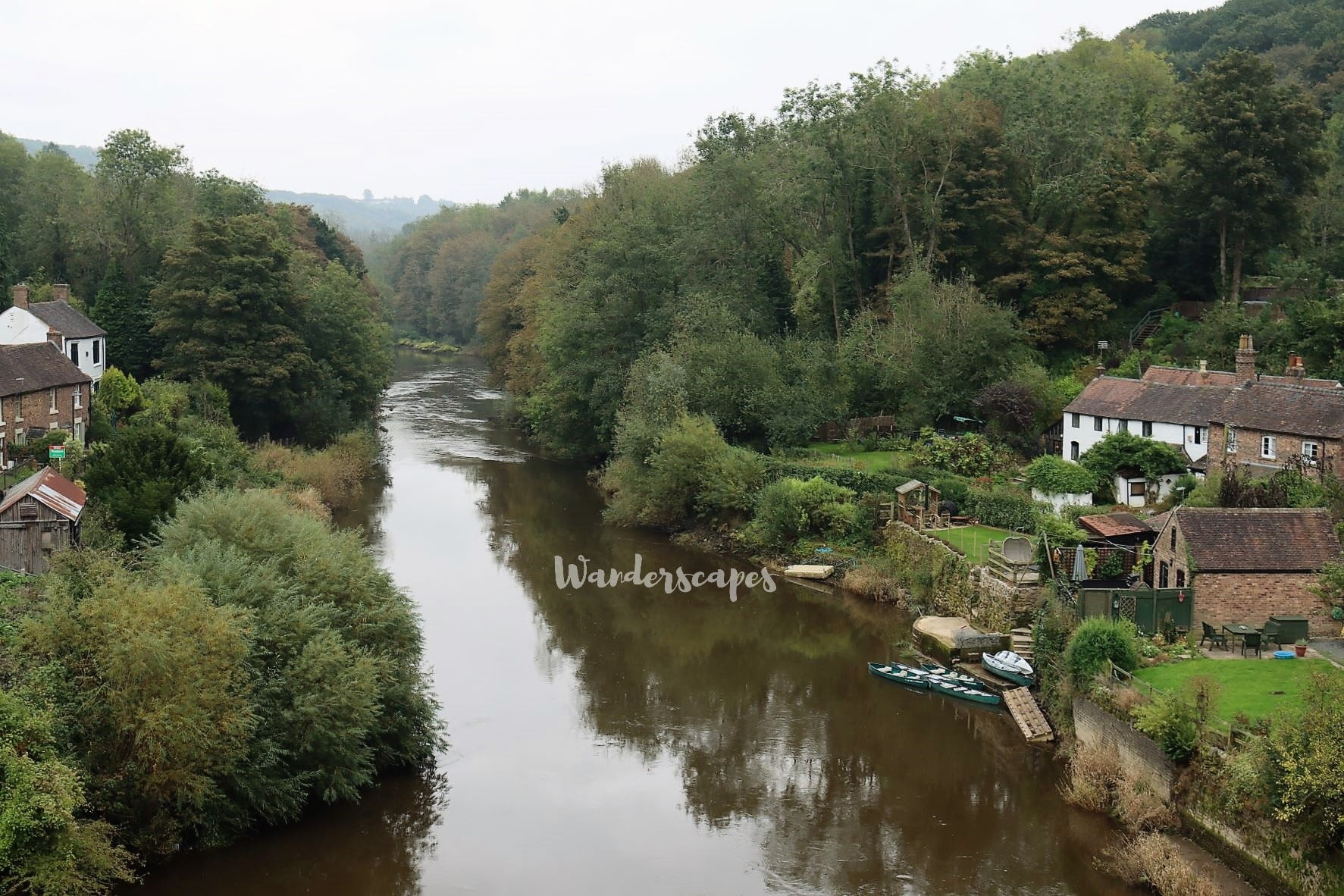
A Problem and Its Solution
Because of Abraham Darby’s pathbreaking innovation, the local industries based in the gorges of Coalbrookdale began to grow. However, transportation was a huge issue as the only crossing was a wooden bridge 3 km upstream. Most raw materials and finished goods had to be transported to and from the furnaces and other industries in the valley through the river. It posed a huge problem because the River Severn was unnavigable most of the time – either it was too shallow during summer or too high and swift in winter. Although there were 400 vessels plying between Gloucester and Welshpool by the 1750s, it was difficult to transport goods even from one riverside to the other because they were at the mercy of an unnavigable river.
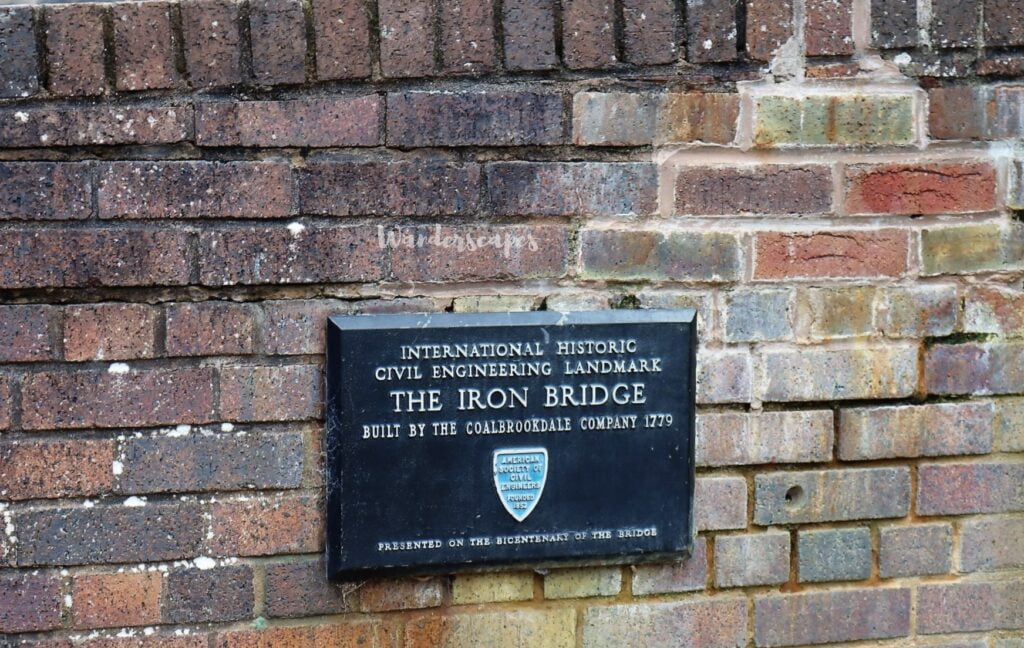
It was in such a scenario, in 1773, that an architect from Shrewsbury, Thomas Farnolls Pritchard, approached the grandson of Abraham Darby with a bold idea. He combined engineering expertise and the new iron casting methods to propose the world’s first iron bridge, which would solve the navigation problem.
Things Start to Take Shape
Abraham Darby III was impressed with Pritchard’s idea and he approached the parliament for approval of the plan. Parliament approved the ambitious plan in 1777 and the construction began in the earnest. Pritchard passed away after the construction started and so Abraham Darby III stepped in to oversee the construction. The bridge was to be a cast iron single-span bridge of 100 ft with five semi circular ribs.
All the materials used for construction were sourced and built locally. They used 378 tons of iron, which cost around £6000, which was double of the estimated £3200. Abraham Darby sourced the extra funding and the construction was completed by 1779. Finally, on the New Year’s day in 1781, the new bridge was opened for traffic.
Ironbridge – An Engineering Marvel
This single-arch cast-iron bridge, weighing hundreds of tons, is 100 feet long, 52 feet high, and 18 feet wide. However, no images or eyewitness accounts could provide us with the exact technique used to build this incredible bridge. So, we don’t know how they managed to erect this bridge weighing close to 400 tons. But, in 1997, when a watercolour painting by Elias Martin depicting the construction was discovered in the Stockholm museum, experts could get an idea of the process used for the construction.
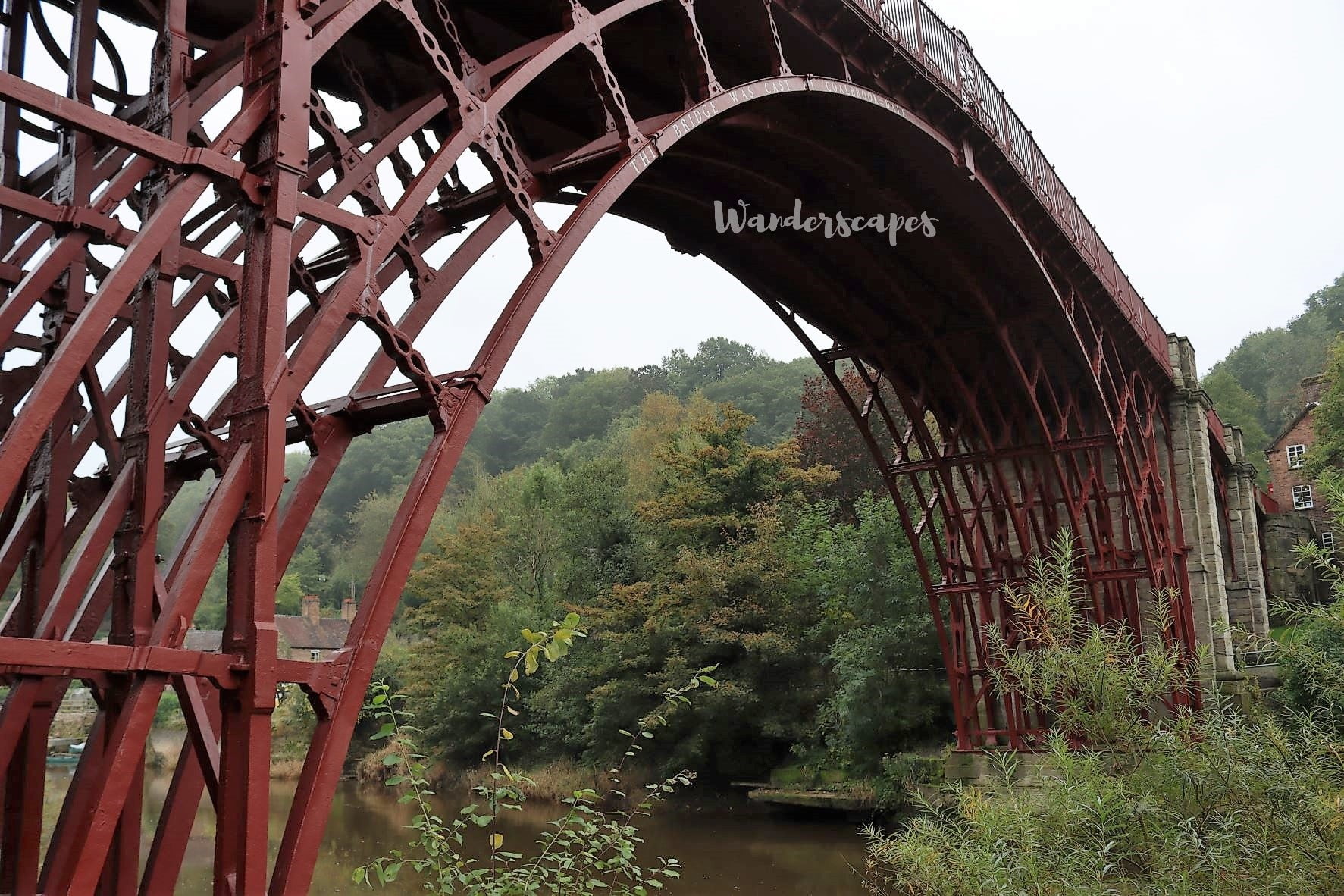
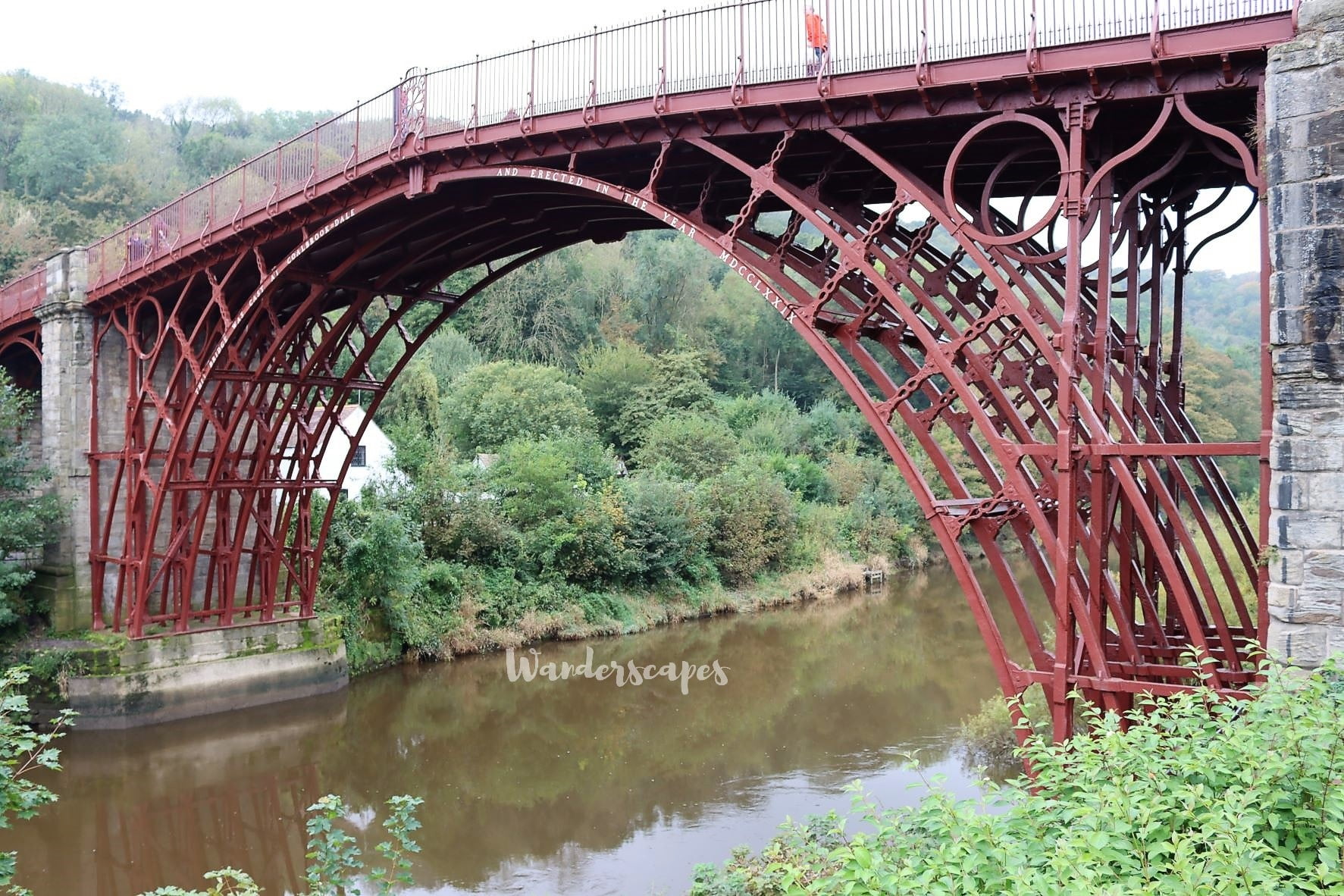
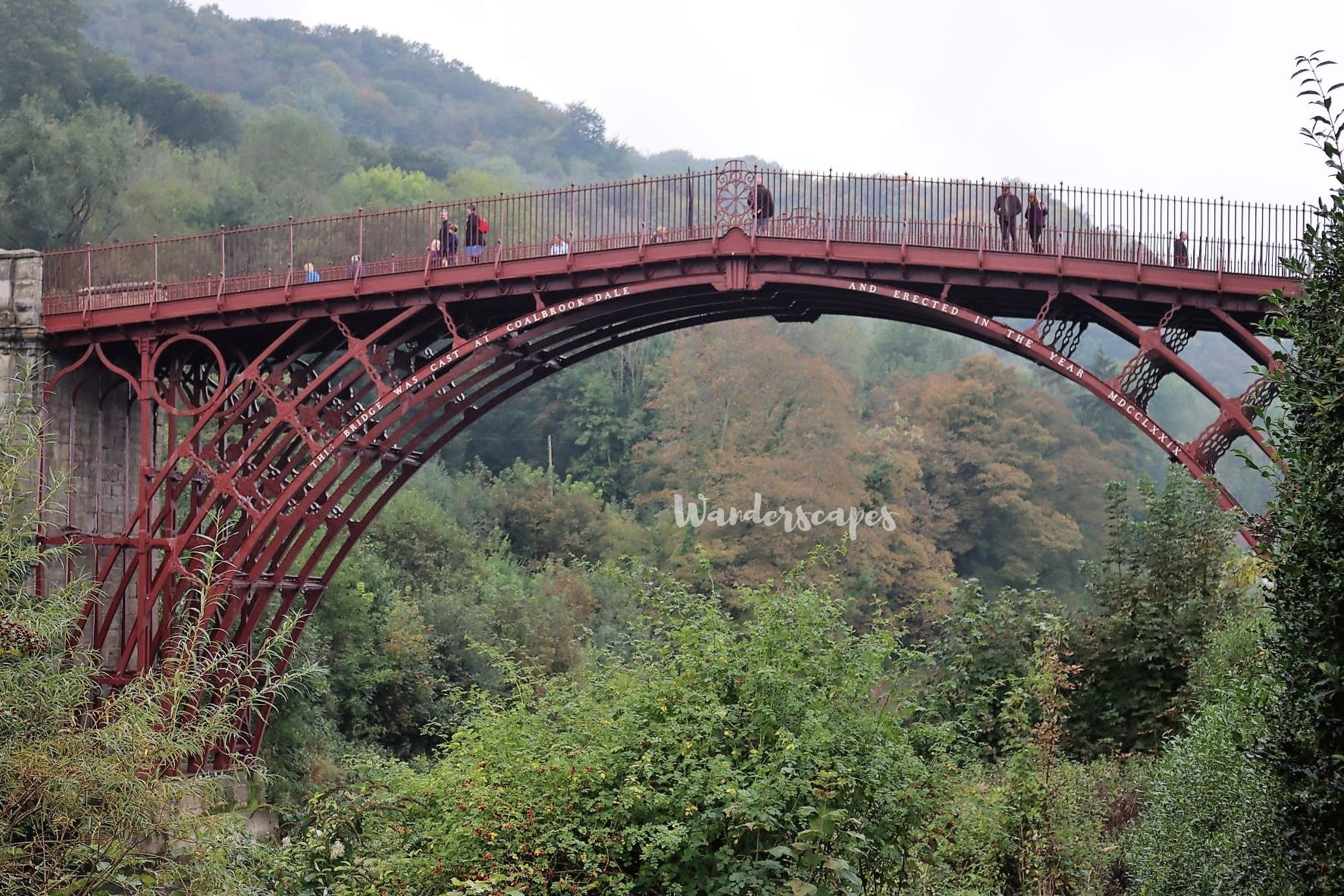
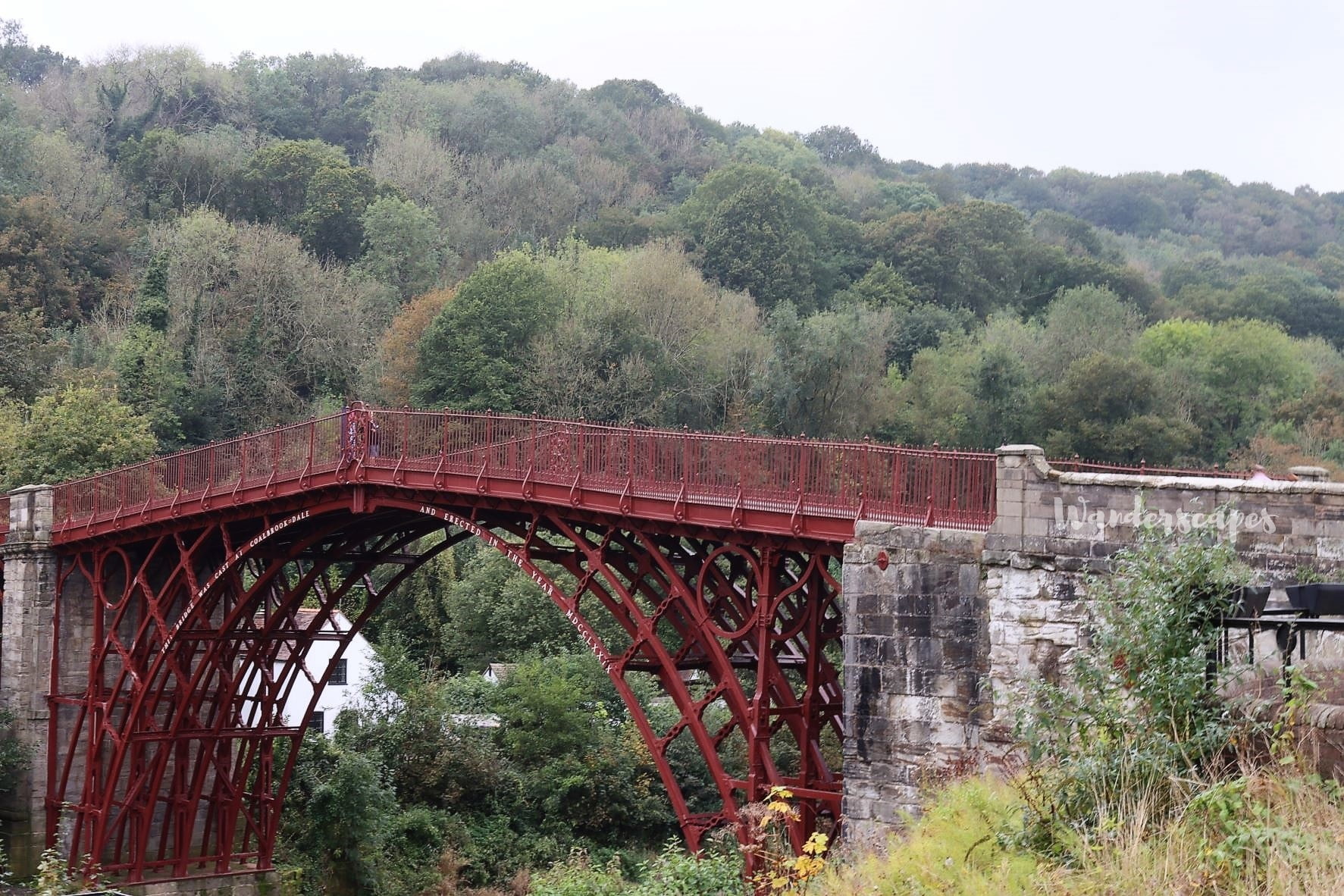
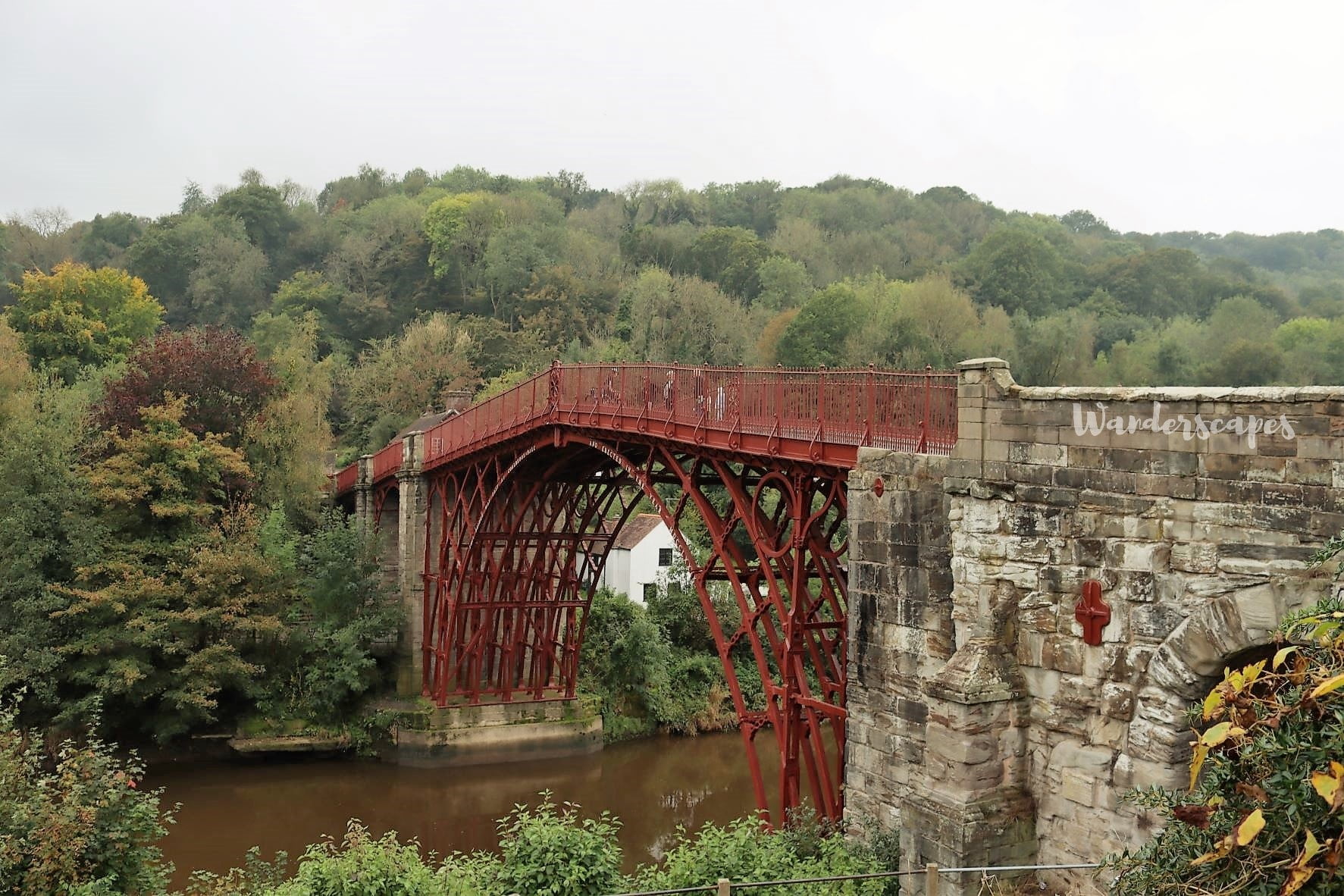
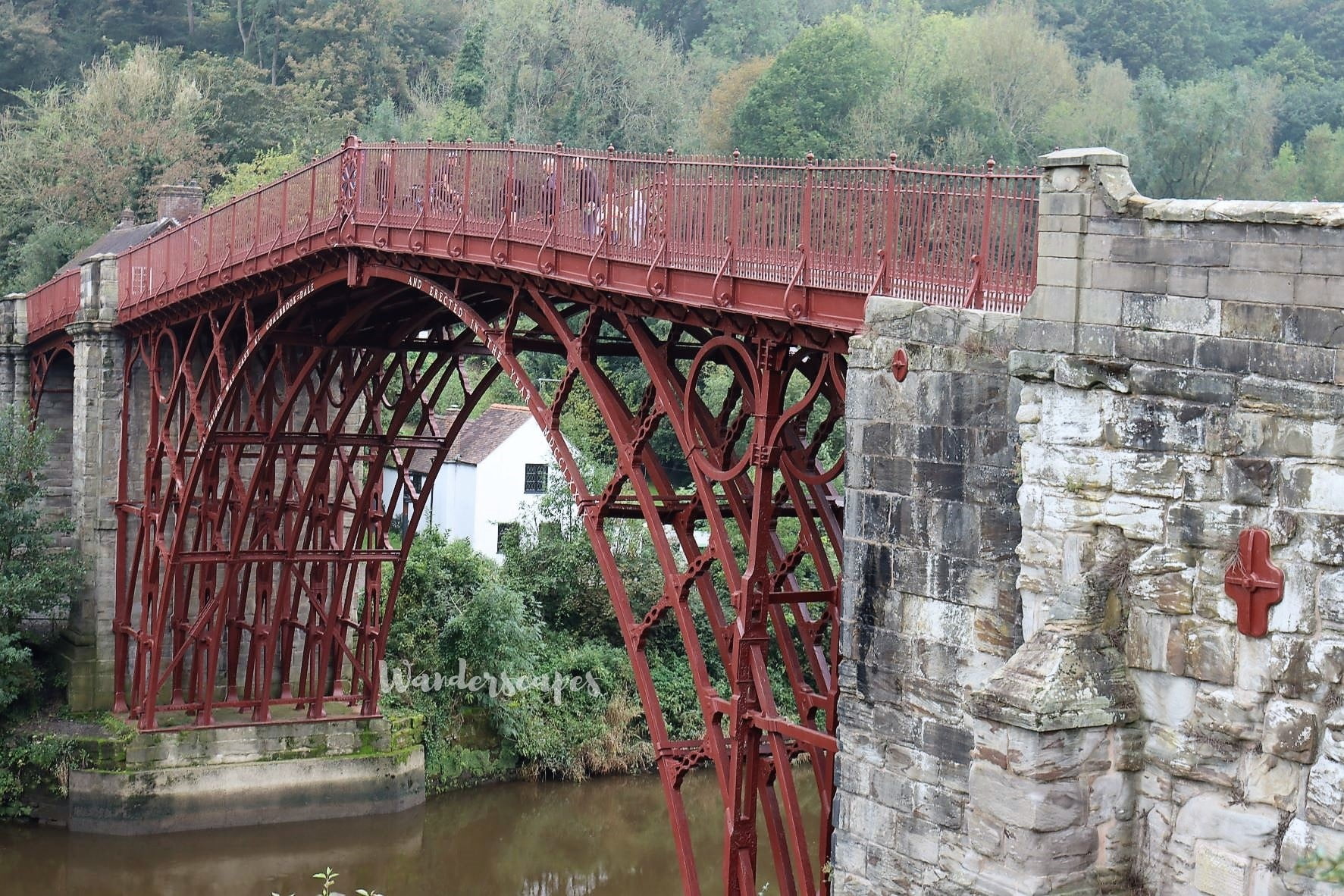
Although records from Abraham Darby suggested the use of scaffoldings, timber, and rope during the construction, Martin’s painting depicts a wooden frame used to raise the half ribs from a vessel’s deck. The available records also showed that close to 70% of the components were individually built to fit. It includes the large castings as well. This is further proved when we take a closer look at the bridge – each part is slightly different from one another. Darby used joining techniques employed in carpentry, such as shouldered and dovetail joints by adapting them for cast iron.
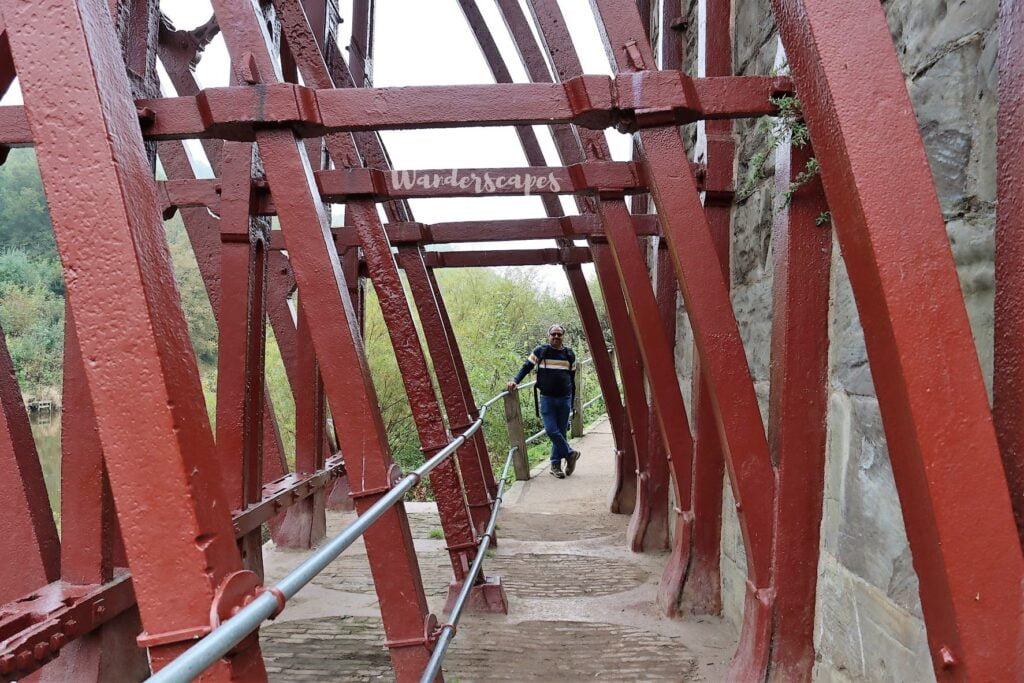
The Impact of Ironbridge
The bridge was a true marvel of those times. The fact that Ironbridge nestles beautifully in the Severn valley makes it a wonderful sight to behold as well. It gels well with the surroundings and is pleasing to the eye. It is no wonder that it became the centre of attraction. People from far and wide travelled to Coalbrookdale just to look at the bridge – the same way we visit places like Dubai today to see Burj Khalifa. (When we think that perhaps without the iron bridge in Coalbrookdale as a precursor, Burj Khalifa would’ve never come into existence we start to appreciate the magnitude of this simple structure more than ever).
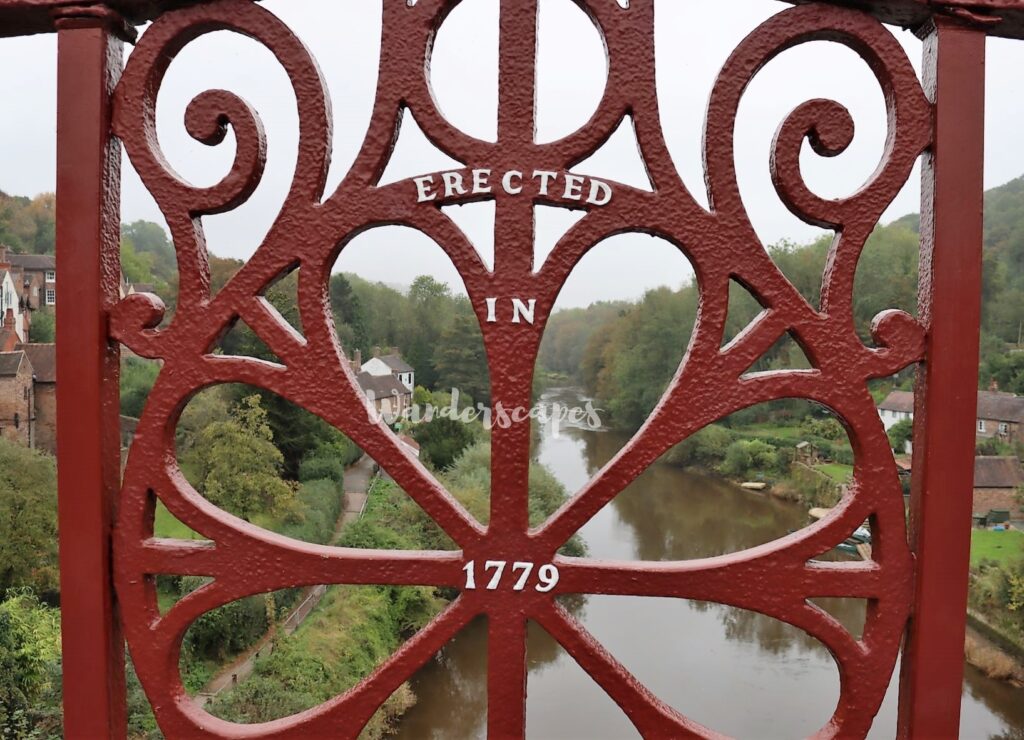
The impact of the Ironbridge was so high that the village and the bridge itself grew into a centre of commerce and transformed into a town. Soon, the town became famous as Ironbridge. That was not all. It became the inspiration for all future bridge design and engineering. The bridge survived the great flood of 1795, which further showed the world its durability and strength. Soon, engineers and builders were constructing their own iron structures.
A Functional Bridge
Ironbridge opened as a functional bridge – it was open to all kinds of traffic from day one. It served the town for over 150 years until 1934 when the authorities suspended the traffic along the bridge. It was ruled unstable and unsuitable for vehicular traffic. They had plans to take down the bridge, but, thankfully, they decided to preserve it as an Ancient Monument.
Since then, some massive works were undertaken to strengthen the bridge. A reinforced concrete strut was built across the riverbed to brace the abutments in 1973. Another massive restoration project was undertaken in 2018 to strengthen the bridge further. English Heritage, a UK-based charity, oversaw this restoration project that cost over 3 million pounds. It rectified the wear and tear suffered because of stresses in the original ironwork, ground movements over the centuries, and an earthquake at the end of the 19th century. The bridge is now fully secured and opened for visitors once again.
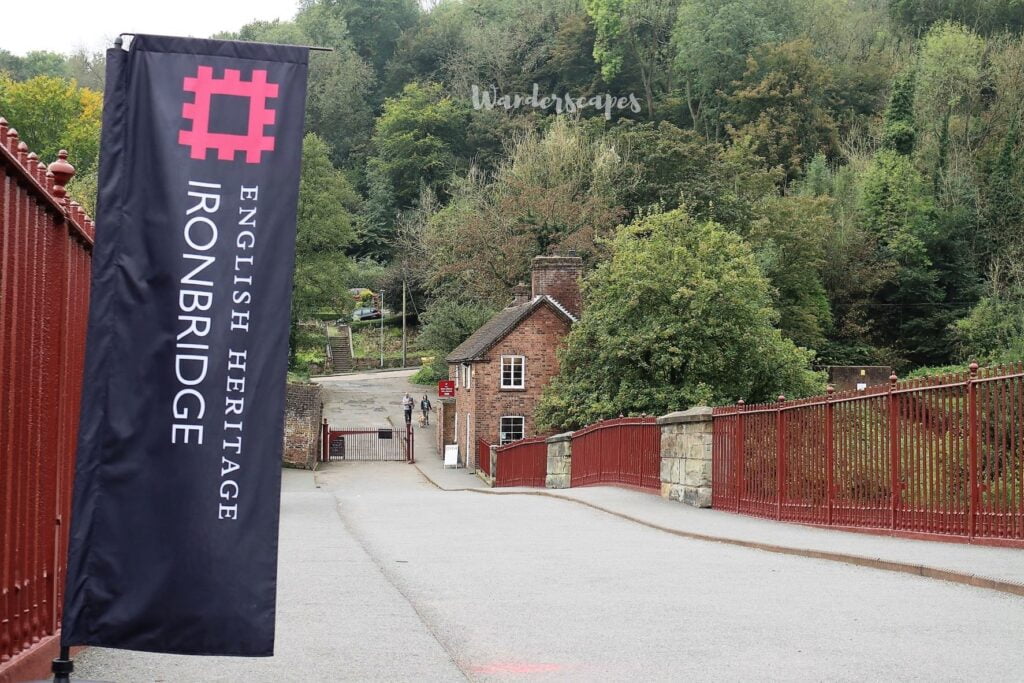
The Ironbridge Tollhouse Museum
The users had to pay a toll for crossing the bridge. Interestingly, the toll rates remained unchanged from the start till the end. This is because they had to pass an Act in the British parliament for changing the toll rates. Since it was cumbersome, they decided it was not worth the effort. Even Her Majesty the Queen had to pay the toll when she crossed the bridge during her visit to Ironbridge. The vehicle toll was removed in 1934 when the bridge was closed for vehicular traffic. But the pedestrians still had to pay tolls to use the bridge until 1950, when it was finally abolished.
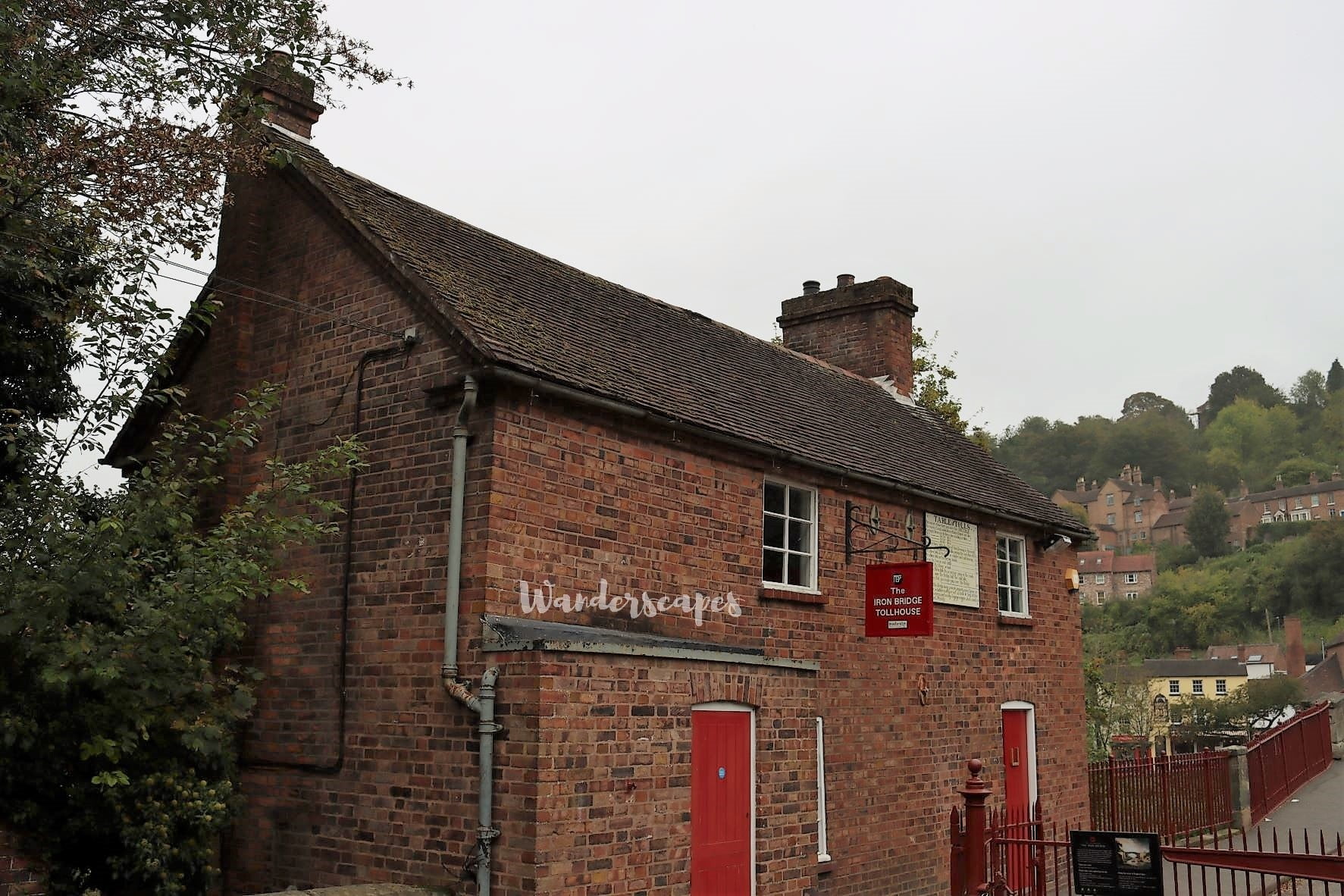
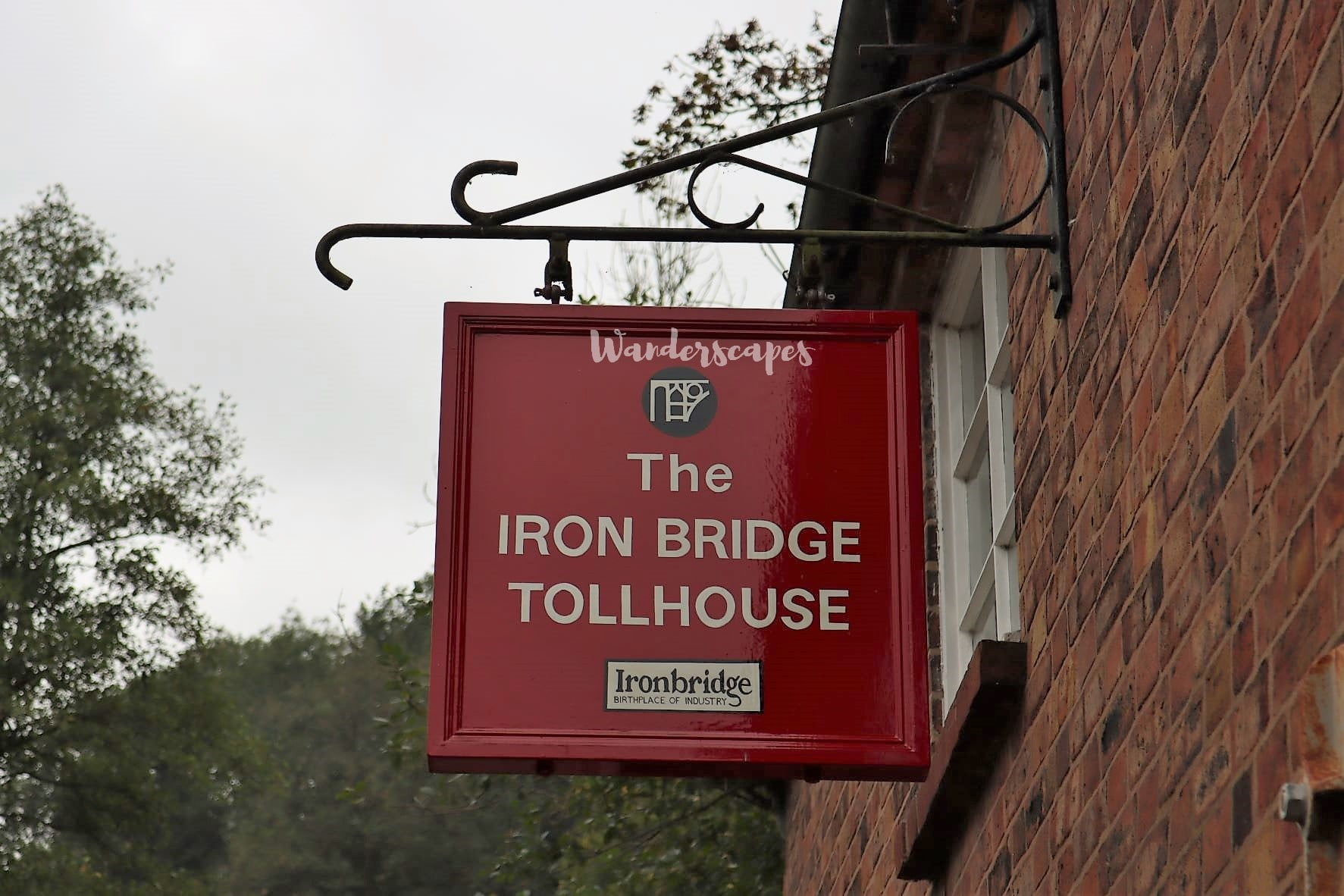
A small museum is housed in the former toll master’s home/office. It gives us a detailed account of the facts related to the bridge’s construction, Abraham Darby’s role in revolutionising the industrial landscape of Coalbrookdale, and more. If you love the tidbits of history of the place you visit, museums like offer you a wealth of information.
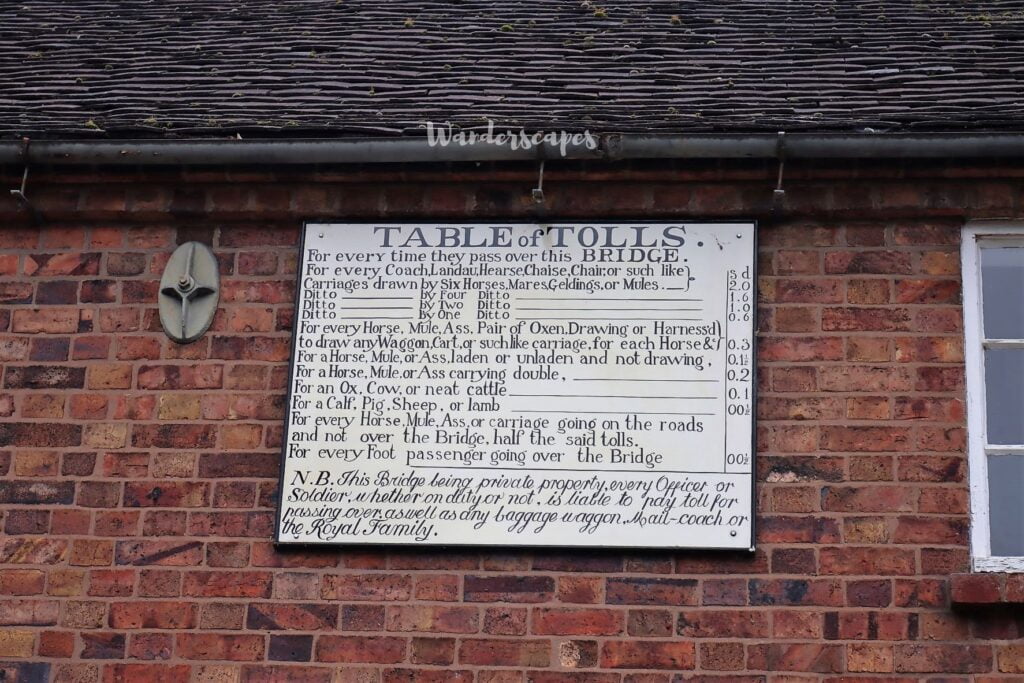
Our Impression of Ironbridge
We were excited to see and walk along the world’s first iron bridge. To see the symbol of something as monumental as the Industrial Revolution and to understand how it shaped human history is something you don’t get to do often. Ironbridge truly deserves its recognition as a UNESCO World Heritage Site. Anyone remotely interested in knowing how these innovations in the past shaped our present must visit the place. The more you learn about the ingenuity of the people of the past, the more you start to appreciate what they have achieved despite their circumstances.
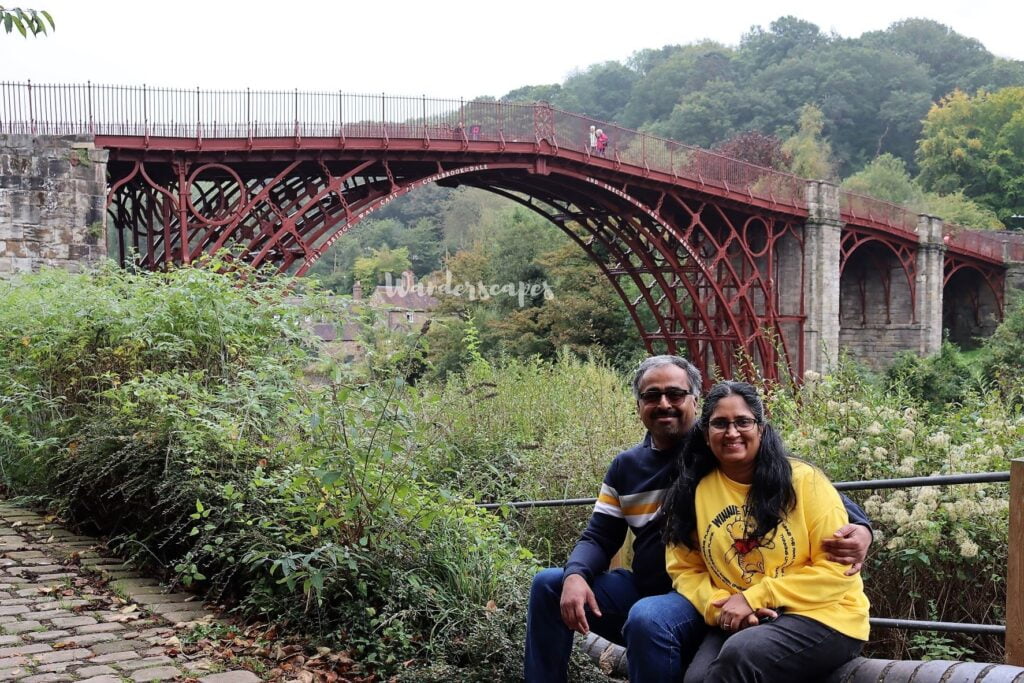
There is more to Ironbridge and Coalbrookdale than the iron bridge. We shall unravel a few more layers of the past in the upcoming weeks so that you can also marvel and appreciate man’s creativity and innovation that keeps us moving forward. If the wheels of the industrial revolution weren’t set into motion back then at Coalbrookdale, our present would have been something else. In that sense, the Ironbridge is truly a bridge between our past and present. So, it rightly deserves its recognition as the symbol of the industrial revolution.
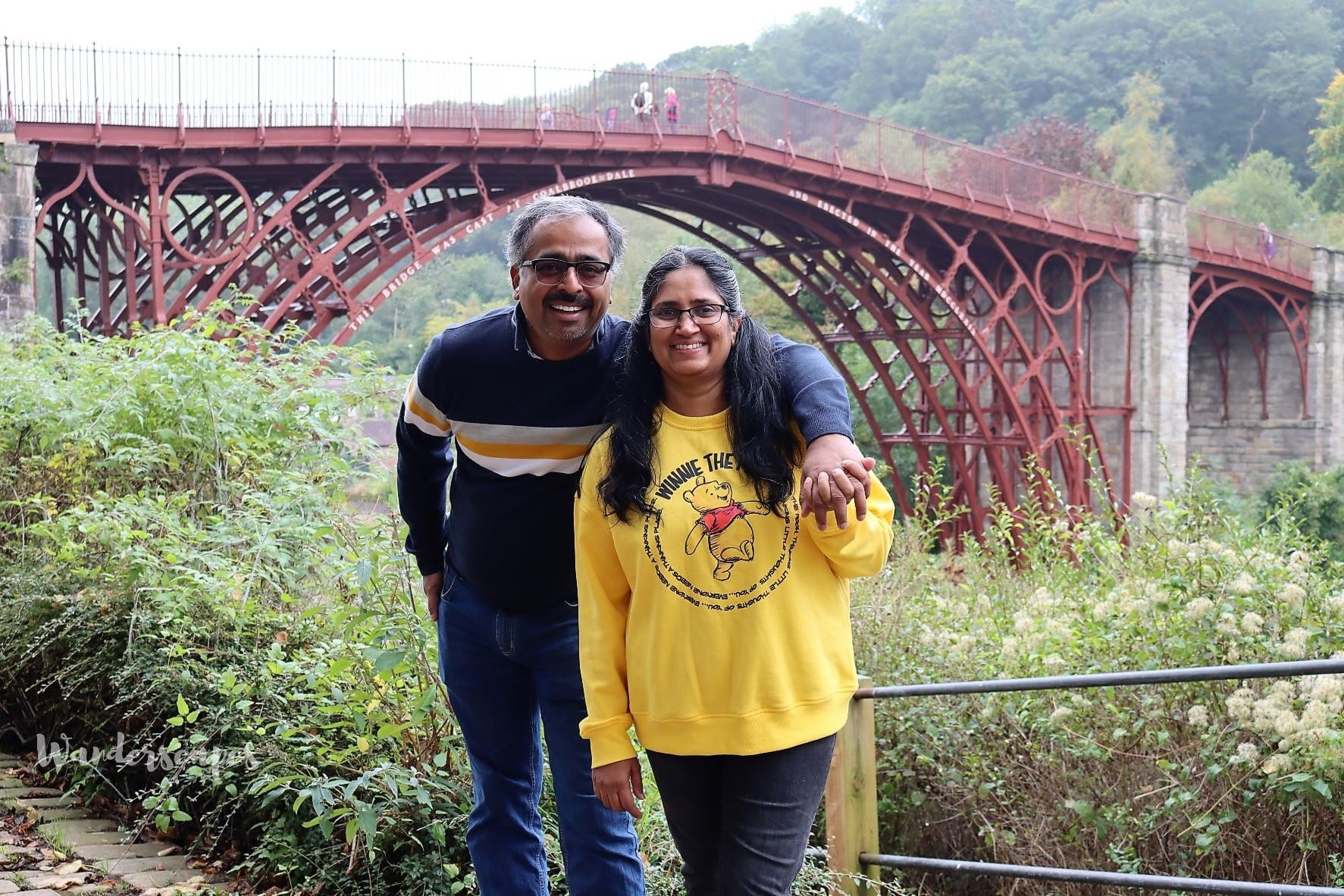
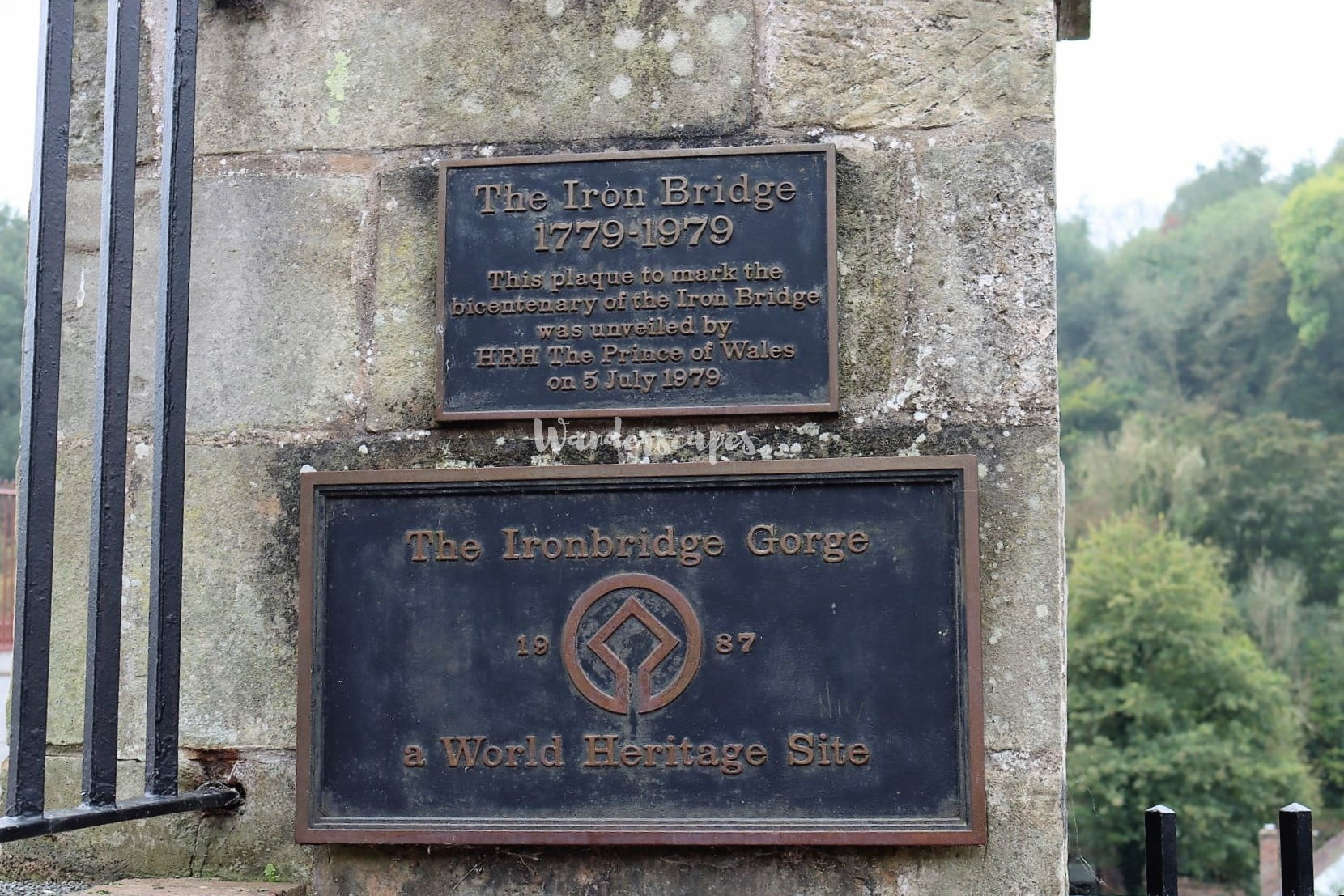
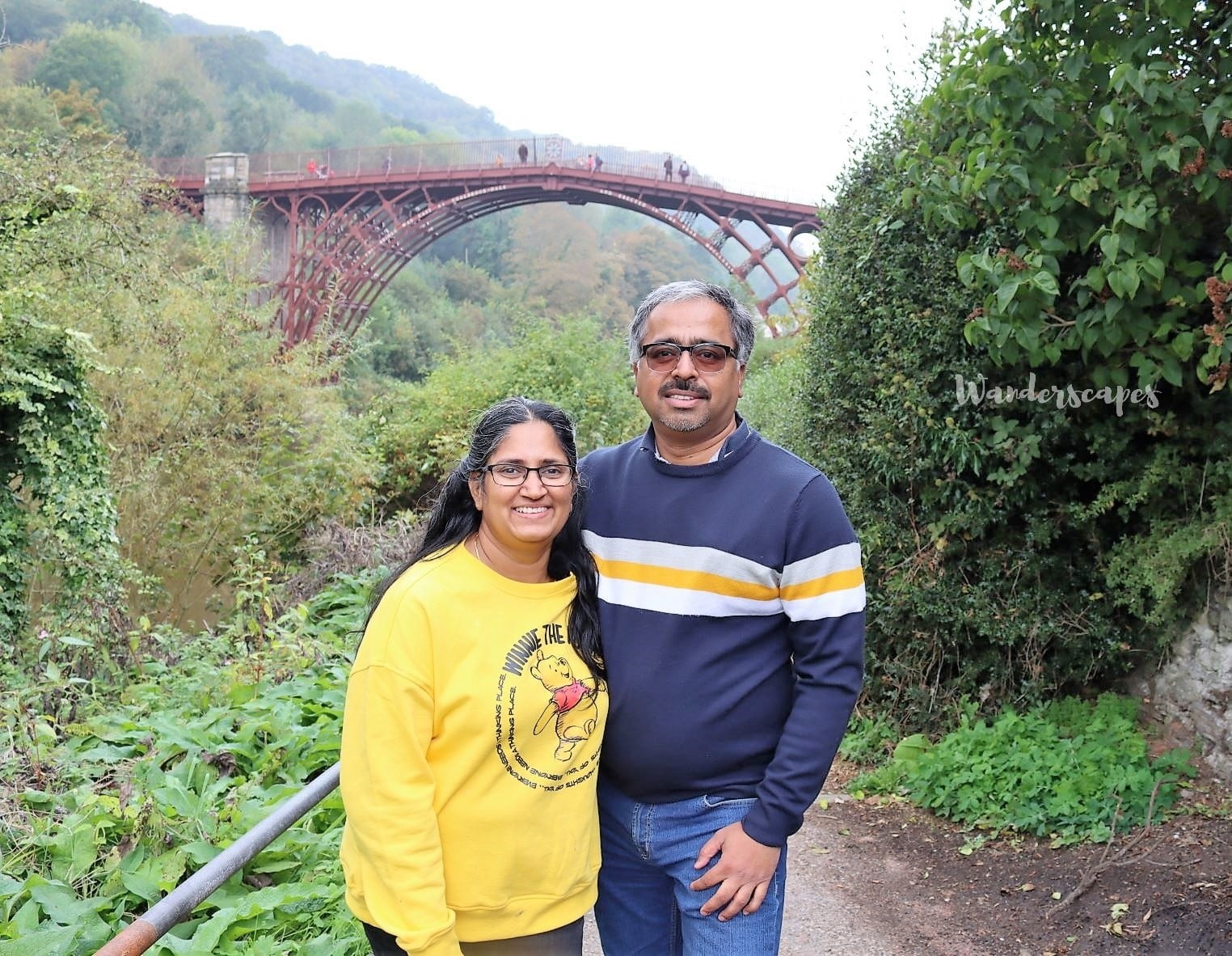
Wouldn’t you check out our Ironbridge vlog?
If you enjoyed reading this blog, why not check some of our older posts?
